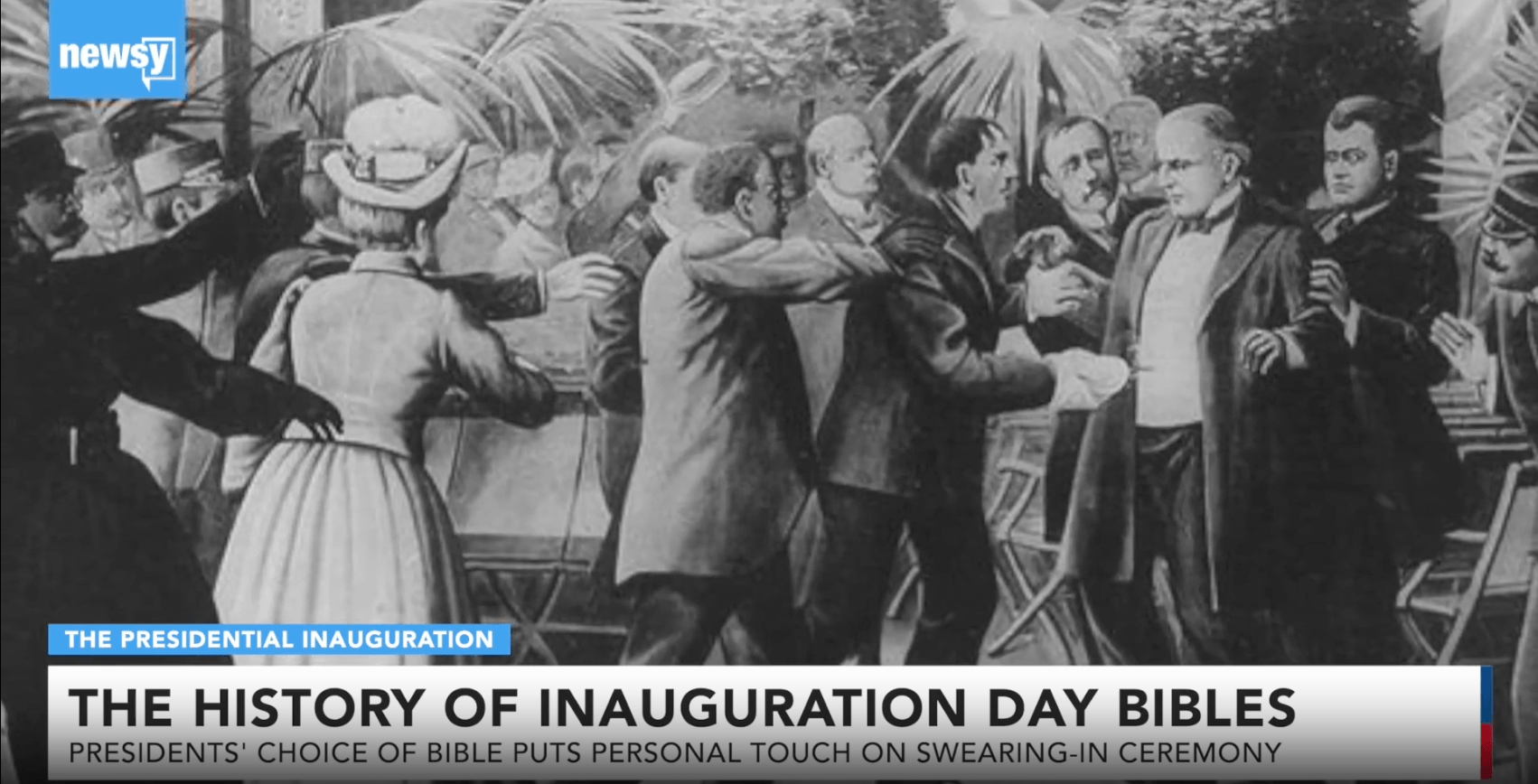Media awareness is at its highest. At any point in the day you can find a deluge of news reports and clips across any platform. While we can condemn the restricted closed-network of the North Korean media, constrained to one official outlet, we must be willing to look critically at our own western media. Thanks to our portable devices, everywhere we go we have access to, or are unwillingly exposed to, media stories, images and videos. We are flooded by news content on every online platform. We may celebrate this open-access gateway to worldly up-to-date headlines, but what does this exposure really do for us?
Does knowing more, make us care more?In fact we are becoming a generation of apathetic sceptics. Our ability to look at news stories and graphic content of civil war in Yemen or bombs in Syria and move on or scroll down to something else - whilst perhaps commenting that it is probably fake anyway – is staggering. Far from being moved by the suffering around the world, that we can see around the clock, we are becoming numb to it.
In this era of fake news seeing is certainly not believing. We are exposed to vast swathes of information but come away little more informed than before. Not only is over-exposure making us blind to the content, but our vision is tainted by our own distrust. We like to believe that it is not us being taken in by all the fake news, and we don’t doubt our own ability to sort the truths from the falsities, but in doing so we don’t take in the content more critically, or filter our sources more thoughtfully, instead we maintain a constant level of scepticism which dulls any content we see, regardless of its accuracy. Throwing a blanket of scepticism across all sources protects us from being drawn in by ‘fake news’ but it also distances us from the truth in reliable reports.
The history of trust in the media is spattered with peaks and troughs, nearly 63% Americans still distrust the media’s account of JFK’s assassination. The ritual of the news hour is dying and with it any reverence for the media. Gallup first surveyed Americans’ trust in the media in 1972, when Richard Nixon was president and the U.S. was bombing Vietnam, and it reached its peak in 1976 with 72% of Americans having ‘a great deal/fair amount’ of trust in the mass media. Ultimately the new climate of news fueled by click-bait headlines and ‘viral’ stories has devalued the truth. Stories are lauded for high engagement rather than in-depth research and accurate reporting. Sadly the distrust in the media is even more keenly apparent in the younger generation; in 2016 only 26% of Americans aged 19 to 49 had ‘a great deal/fair amount’ of trust in the mass media.
We need to re-build Millennials’ trust in the media. Having grown it to be a powerful tool, allowing up-to-date access to events across the world almost instantaneously, we do not want it to be taken for granted or put on the same level as the other blogs and videos on Facebook, made with little or no research. Schools are bringing in programmes to teach students to be more media literate and to exercise a level of critical thinking when reading articles or watching news clips, an important skill in this climate; but in the meantime we can give students access to up-to-date video news from trusted sources around the world, in a self-contained space where we can all let our sceptical guards down.
Boclips
Boclips is on a mission to make learning more captivating with video with an easier, safer way to access videos from the world’s leading video producers.
- #Video in Digital Learning
- #Classroom
- #Educational Videos
- #Video Content Partners
- #Tips for Using Video
- #Boclips for Publishers
- #Issues in Education
- #Educational Videos by Subject Area
- #News and Announcements
- #Events & Holidays
- #Video and Teaching Tools
- #Teaching Methodologies
- #Education Videos
- #Video and Digital Literacy
- #Short Educational Videos
- #Instructional Design
- #Multimodal Learning
- #Video and Student Safety
- #Accessibility in Education
-3.png?width=390&height=223&name=Untitled%20design%20(2)-3.png)


.png?width=1152&height=660&name=Copy%20of%20Untitled%20Design%20(1).png)


